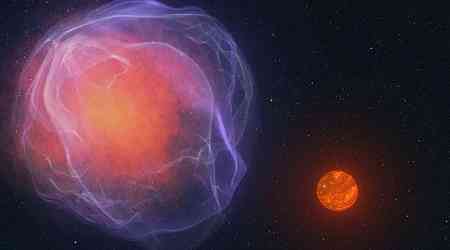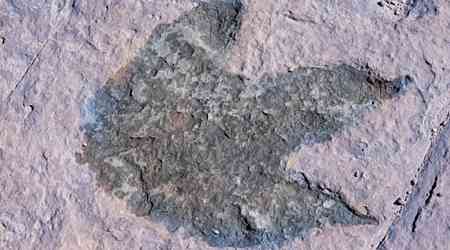On August 15, 2024, NASA's Backyard Worlds: Planet 9 project, driven by citizen scientists, uncovered an astonishing discovery: an object travelling at a staggering speed of 1 million miles per hour, enough to escape the Milky Way's gravitational grasp. This hypervelocity object, known as CWISE J124909.08+362116.0, marks the first of its kind identified with the mass of a small star. Its extraordinary speed and low mass make it a unique subject of study.
What Is CWISE J1249?
CWISE J1249 was detected using data from NASA's Wide Field Infrared Survey Explorer (WISE), which later became the NEOWISE mission. Citizen scientists Martin Kabatnik, Thomas P. Bickle, and Dan Caselden were pivotal in spotting this fast-moving object in the WISE images. Subsequent observations confirmed its rapid motion and low mass, placing it in a category between a brown dwarf and a low-mass star, depending on its core's hydrogen fusion activity.
Why Is It Moving So Fast?
The reasons behind CWISE J1249's incredible speed are still under investigation. One hypothesis is that it originated from a binary star system where a supernova explosion of a white dwarf propelled it outward. Another possibility is that it was ejected from a globular cluster due to an encounter with a pair of black holes. This ejection would explain its high velocity and low metallic content, suggesting it could be from an early generation of stars.
Collaborative Effort
This discovery highlights the significant role of citizen scientists in astronomical research. Kabatnik and his team, including Melina Thévenot and software developer Frank Kiwy, played crucial roles in identifying and analyzing the object. The study, led by Adam Burgasser from UC San Diego, involves a collaborative effort from professionals and amateur astronomers alike. This finding showcases the power of collective scientific inquiry and the potential of citizen science in unravelling cosmic mysteries.
CWISE J1249's discovery not only expands our understanding of high-speed celestial objects but also underscores the invaluable contributions of citizen scientists to space exploration and research.
































